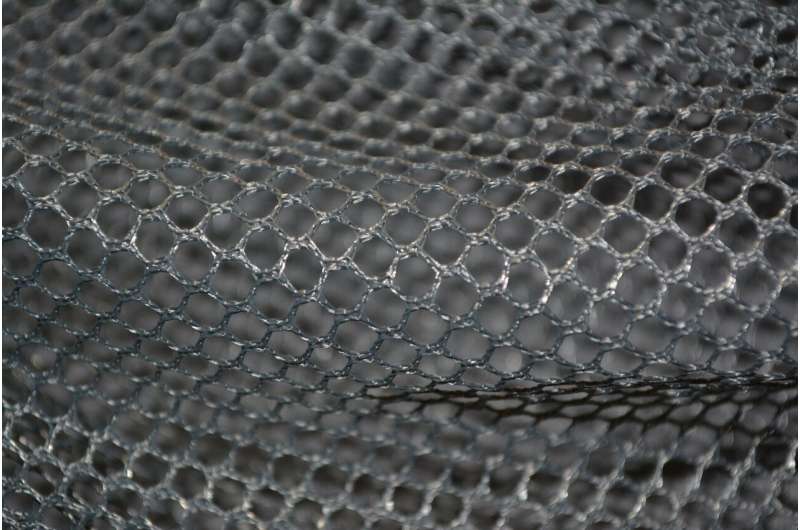New method to evaluate comfort of smart and functional textiles

Until now, user-friendliness has been the focus of the development of smart and functional textiles. Now it is time to address comfort when wearing these textiles—a quality factor that should be of interest to the industry.
The development of smart and functional e-textiles has gone at a rapid pace, not least when it comes to desired properties such as being lightweight, flexible, being elastic, and the possibility of integrating them into garments. User-friendliness has been the top priority, but when it comes to comfort, how the textiles actually feel on the skin, development has not come so far. This may explain why the market share of these textiles falls behind even though demand is high.
Doctoral student Melkie Tadesse has, in his research project, developed a method for assessing this, which should be of great interest for the industry when it comes to quality evaluation of these kinds of textiles.
"So far, the research has sought to produce a material that is perceived as an ordinary textile, but without succeeding in finding a method for evaluating the feeling, the comfort, of the material against the skin," he explains. The aim also extends to being able to predict tactile comfort.
Sample material collection
In his project, he has set up a sample material collection by developing and collecting various smart and functional textiles, using 3-D printing, coating, inkjet printing, screen printing on the textile substrate and smart fibers integrated in the knitting process itself. The functional textile materials have different properties such as being thermochromic (they are activated by heat), electrically conductive (activated by an electric current), photochromic (activated when exposed to light), and electroluminescent (they emit light when an electric current passes through it).
Verification by an expert panel
Various characterisation methods such as durability against washing and mechanical actions, electrical conductivity and surface properties were analysed.
Then he examined how the different functional fabrics were experienced in skin contact based on physiological and psychological aspects. Various experiments with visual and blind subjective evaluations were carried out.
"We used an expert panel to verify the results. The participants touched and squeezed functional fabric materials and evaluated them based on different bipolar attributes, that is, words and their opposite words, e.g. rough-smooth, that are directly or indirectly related to tactile comfort, i.e. different ways to put words to the experience of touch."
Objective data (low-stress mechanical properties) was collected through a measuring system for textiles, the Kawabata Evaluation System, where the physical properties of the textile material are measured under low load conditions, such as how it behaves in regards to, for example, tensile and pressure, bending, surface friction and shearing on contact with the skin, in which the result showed that low stress mechanical properties are directly related to the tactile comfort of fabrics when in contact with the skin.
By using different statistical methods, he produced an interpretable result from the collected data. The result shows that it is possible to use visual tests as well as blind tests to evaluate the comfort properties of smart and functional textiles.
Environmental friendly technologies and chemicals
The project has been framed by a comprehensive approach to sustainable development.
"In the project, we have used completely environmentally friendly, resource-efficient and cost-effective techniques and chemicals, not least when it comes to inkjet printing, when we have developed and collected the various textile materials."
More information: Tadesse, Melkie Gednet. Quality Inspection and Evaluation of Smart or Functional Textile Fabric Surface by Skin Contact Mechanics hb.diva-portal.org/smash/record.jsf?pid=diva2%3A1303654&dswid=-4496
Provided by University of Borås





















